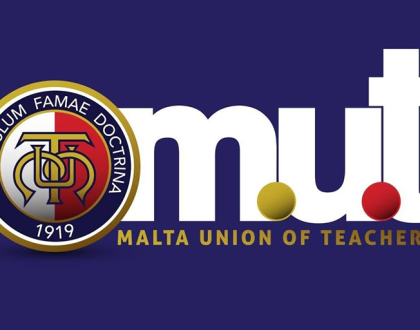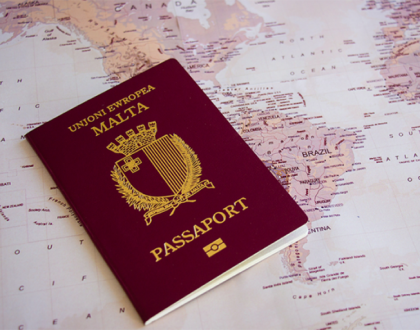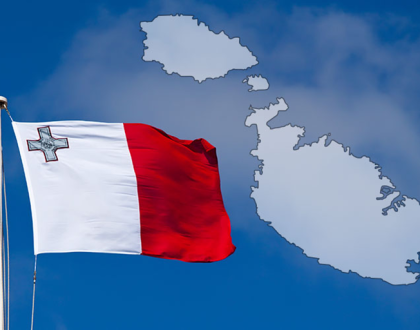Public Funds Diverted to Private Schools: Graffitti

The recent agreement signed between the Minister of Education and the Independent Schools Association (ISA) has ignited a heated debate within Malta. Moviment Graffitti, a prominent non-governmental organization, has voiced strong objections to this accord, which they claim prioritizes private interests over public welfare. The agreement, finalized in mid-July, is perceived by Graffitti as a diversion of public resources towards private schools, raising questions about the government's commitment to equity in education.
The Agreement and Its Implications
In a move that has drawn significant attention, the government has entered into an agreement with the ISA to enhance the financial and working conditions for educators in both public and church schools. This agreement, described as the most substantial improvement in educator conditions to date, represents a notable investment in the teaching profession. However, Graffitti argues that while this agreement ostensibly benefits educators, it simultaneously shifts a substantial portion of public resources towards private educational institutions.
According to Graffitti, the agreement includes provisions that will increase the income and overall conditions for educators in private schools. This development is being interpreted as a preferential treatment for private institutions at the expense of public education. The NGO contends that this allocation of resources is unjustifiable, given that private schools operate on a profit-making basis and already benefit from various subsidies and tax incentives.
Public vs. Private Education: A Statistical Overview
Graffitti's criticism is grounded in local statistics which reveal that the majority of families sending their children to private schools are not in dire need of financial assistance. The organization points out that these families are often among the more affluent segments of society, who can afford to pay for private education without relying heavily on public subsidies. This observation raises concerns about the fairness of using taxpayer money to support private educational institutions.
Furthermore, the agreement will also subsidize the fees paid by parents to private schools. Graffitti argues that this financial support effectively contributes to the profitability of private institutions, rather than addressing the pressing needs of public schools. The NGO asserts that it is inequitable for taxpayers to subsidize private profits when public education, which serves the majority of students, remains underfunded and in need of substantial reform.
The Performance Disparity: An International Perspective
The debate surrounding the agreement is further complicated by the performance disparities between private and public schools. According to international assessments, such as the Programme for International Student Assessment (PISA), students in private schools often achieve higher academic results compared to their public school counterparts. Graffitti emphasizes that this performance gap is influenced by a variety of factors, including better resources and smaller class sizes in private institutions.
The NGO argues that by investing more in private schools, the government is perpetuating an educational system that benefits those who are already advantaged, rather than addressing the systemic issues that hinder the performance of public schools. Graffitti believes that without a comprehensive approach to tackling these systemic problems, the Maltese educational system will remain inherently inequitable.
The “Free Choice” Argument: Who Really Benefits?
One of the key arguments put forth by the Minister of Education, Clifton Grima, is the notion of “free choice” in education. The agreement is purported to offer families greater flexibility in selecting educational institutions for their children. However, Graffitti challenges the idea that this “free choice” is equally accessible to all families.
Research conducted both locally and internationally suggests that the concept of free choice primarily benefits those who are already privileged. Families with limited financial resources are often excluded from this choice due to the high costs associated with private education. Graffitti argues that if even a government with ostensibly socialist values fails to prioritize public services over private interests, it calls into question the commitment to ensuring that public services are available and accessible to all segments of society.
The Discriminatory Nature of the Current Educational Model
Graffitti raises concerns about the inherent discrimination within the current educational model, which categorizes children based on their ability to pay for education even before they enter the school system. The organization argues that this model reinforces social divisions and perpetuates inequality. Rather than addressing these issues, the government is perceived as reinforcing a system that discriminates against less privileged families.
The NGO advocates for a shift towards an educational model that promotes inclusivity and equity. They believe that public education should be prioritized and adequately funded to ensure that all children, regardless of their socio-economic background, have access to quality education. Graffitti calls for a collaborative effort with leading educational experts to design a more equitable and dignified educational model that reflects the values of a modern society.
Investing in Public Education: A Call for Reform
Graffitti's position is clear: the €26 million allocated for private education should be redirected towards enhancing public schools. The organization argues that investing in public education is essential for creating a fair and inclusive educational system. By focusing on public schools, the government can address the systemic issues that contribute to educational disparities and ensure that all students receive a high-quality education.
The NGO emphasizes the need for collaboration with educational experts to develop a comprehensive reform plan. This plan should aim to improve the quality of public education, provide equitable resources, and eliminate discriminatory practices. Graffitti believes that such an approach is crucial for building a more just and inclusive educational system.
Conclusion
The recent agreement between the Minister of Education and the Independent Schools Association has sparked a significant debate about the prioritization of private over public interests in Malta's education sector. Moviment Graffitti's critique highlights concerns about the allocation of public resources, the performance disparities between private and public schools, and the limitations of the free choice concept. As the government moves forward with its educational policies, it is imperative to consider the broader implications for equity and inclusivity in the educational system.
FAQs
What is the recent agreement between the Minister of Education and the ISA about?
The agreement involves increasing financial and working conditions for educators in public and private schools, with a significant focus on private institutions.
Why does Moviment Graffitti oppose this agreement?
Graffitti opposes the agreement because it believes it prioritizes private schools over public ones, diverting resources from public education.
How does the agreement affect private schools?
The agreement provides private schools with additional subsidies and financial support, which Graffitti argues contributes to private profits.
What are the concerns regarding the allocation of public resources?
Graffitti is concerned that using public funds to support private schools is unfair, especially since many families in private schools are not financially needy.
How do private and public school performances compare internationally?
International assessments like PISA show that students in private schools often perform better academically than those in public schools.
What is the issue with the “free choice” argument?
Graffitti argues that the concept of free choice benefits primarily privileged families and excludes those with lower incomes due to high private school costs.
How does the current educational model discriminate against students?
The model categorizes students based on their ability to pay for education, reinforcing social divisions and excluding less privileged families.
What does Graffitti suggest should be done with the €26 million allocated for private education?
Graffitti believes the funds should be redirected to improve public schools and address systemic issues within the public education system.
Why does Graffitti believe public education should be prioritized?
Graffitti argues that prioritizing public education is essential for creating an equitable and inclusive educational system accessible to all students.
What reforms does Graffitti advocate for in public education?
Graffitti calls for investing in public schools, improving resource allocation, and eliminating discriminatory practices to build a fairer educational system.
Recommended Posts

MUT’s Stand on World Teachers’ Day
October 5, 2024

Legal Win for Malta’s Citizenship Program
October 4, 2024

Why iGaming Brands Choose Malta
October 4, 2024




